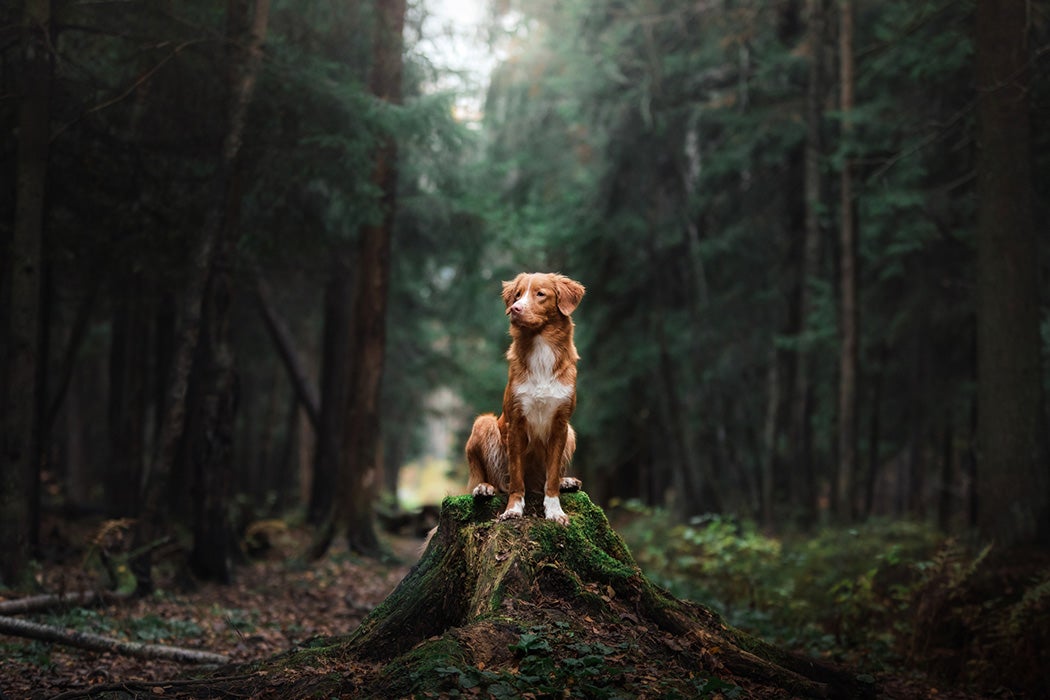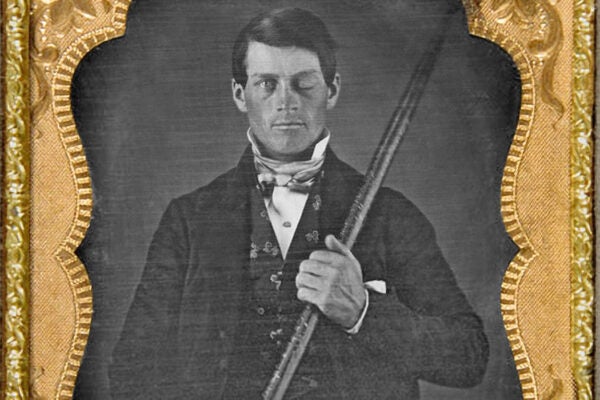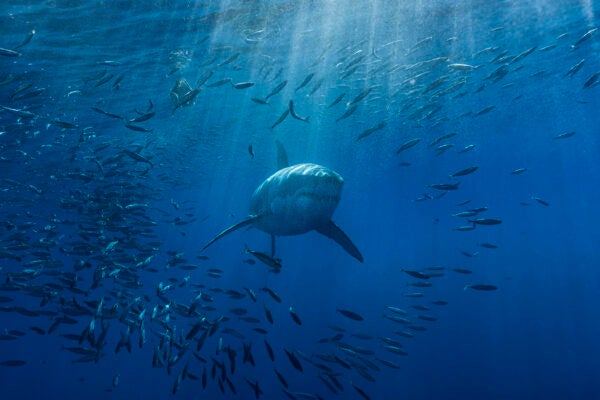Where do animals get their navigational superpowers? (The New Yorker)
by Kathryn Schulz
How can so many animals, from salmon to migratory birds to pet cats, find their way home across hundreds of miles? Scientists are learning both that they use a mind-boggling array of techniques and that humans have gotten a lot worse than we used to be at finding our way.
The stealthy ways of deep-sea bacteria (Scientific American)
by Stephanie Melchor
Really, really deep in the ocean live bacteria that are so unusual our immune systems can’t detect them. That’s forcing scientists to rethink some basic assumptions about how immunity works.
Can you spot a liar? Probably not (Knowable)
by Jessica Seigel
Many people think they can spot a liar, but it’s actually harder than most of us think. And, as a series of clever experiments shows, looking for signs of nervousness can actually make things worse.
Life after the slave trade in West Africa (Aeon)
by Toby Green
The rise of the transatlantic slave trade was a crisis for West Africa. But so was the end of the trade. Combined with European colonialism, it changed power relations, lifestyles, and even everyday meals in ways that still echo today.
A century of trans kids (The Guardian)
by Sam Levin
To many people, children coming out as trans seems like a new phenomenon. But a historian’s work finds examples of trans children seeking care, and families accepting them, since the early twentieth century.
Got a hot tip about a well-researched story that belongs on this list? Email us here.






